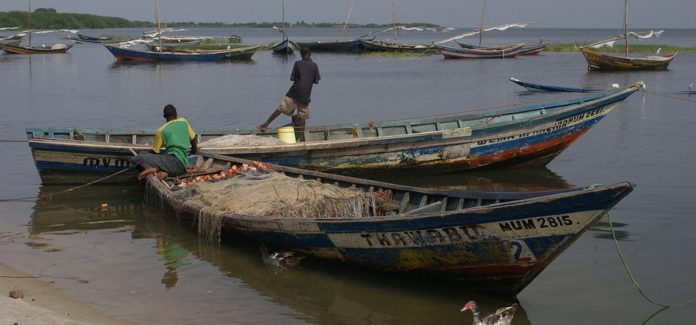In most developing economies, Kenya included, urbanisation has long been seen as the best if not the only vehicle for economic development, moving people from the ‘unproductive’ countryside to more productive cities.
Then Covid-19 arrived. A search for greener pastures in the form of well-paying jobs and social amenities such as education and healthcare has fuelled rural-migration numbers in recent years. Kenya’s urbanisation rate stands above Africa’s average, at 4.3 percent per year.
Faced with limited opportunities, young people are forced to escape the underdeveloped rural economies. As a result, most rural communities have been hollowed out of energetic human capital.
Kenya, like many economies on the continent, continues to rely on urbanisation to drive growth. Turning rural labour into urban labour workforce has always been seen as a way of boosting the country’s productivity.
While the model has its fair share of merits, the pandemic has exposed it as unsustainable and in need of a rethink. With the virus having put a crimp on the economy and claiming thousands of jobs, largely low-paying ones, households have been retreating to the village. Most rural migrants end up being absorbed in the informal sector in Kenyan cities and remain highly exposed to economic shocks. Aside from piling pressure on urban infrastructure, they end up in tightly packed informal settlements with poor sanitation and rickety amenities.
To be clear, I’m not pushing for a reverse in urbanisation. It has many merits. It has, for instance, accelerated the pace of innovation as a result of competition, widening the range of products available to consumers and enabled faster sharing of best practices.
I’m instead advocating for policies and mechanisms geared towards strengthening rural economies through deliberate development programmes without necessarily undermining the role of cities. Cities are also in need of upgrade, especially in informal settlements which are badly in need of modernised basic infrastructure such as water and sewerage and roads alongside housing.
As it stands, current policies continue to discount the economic value of the countryside world. That people can only relocate to villages as a last option after being boxed into a corner is quite telling.
This should not be the case. It is time to revamp rural infrastructure, including roads and utilities and open up remote regions to investment as well as better social amenities like schools and hospitals.
Infrastructure gaps
Devolution was envisioned to address rural infrastructure gaps through decentralisation of resources, stimulate village economies through investments and create jobs. Not much has been achieved, with a majority of rural folk still languishing in poverty.
These regions enjoy large tracts of arable land for farming, yet thousands of acres either lie empty or underused. Imagine the economic value and jobs that would be generated if the lands were put to maximum use and agro-processing factories set up in villages.
Also, there is need for a special purpose financing vehicle designed for rural enterprises to fuel growth of startups and enabling operating ones to scale. The AgriBiz programme funded by the European Union and the Danish Government is such an initiative aimed at supporting agribusiness in counties.
The government has in the past also attempted fiscal strategies to spur large investments in the countryside by offering investors tax deduction of up to 150 percent on capital expenditures located outside cities.
Kenya has, however, had many false dawns. In 2011, the country initiated a programme meant to fund digital villages dubbed Pasha centers that included electronic shops, cyber cafés, printing bureaus and recording studios. They were to boost ICT uptake and spin off jobs and wealth creation in rural areas. A lack of proper training and weak structures sank the project.
To breathe life into rural worlds, Kenya should perhaps borrow a leaf from the likes of Japan and South Korea on how they ignited their remote areas.
South Korea rode on the Saemaul Undong movement to transform villages. The urban wage increases that resulted from the government’s focus on industrialisation during implementation of its economic development plan sharply contrasted with the slow growth rate of incomes in rural areas.
The widening rural–urban wage gap was quickly made a national concern. As a result, community development projects became an integral part of government policy, which over time helped bridge the country’s rural–urban wage gap, thereby easing rural–urban migration pressures.
Japan went for ‘one village one product’ (OVOP), which was even tried in Kenya with less success as a result of a lack of goodwill from leaders. The goal was to increase communities’ incomes through targeted value addition and market access. The same can be tried locally.
This article was originally published by the Business Daily.



